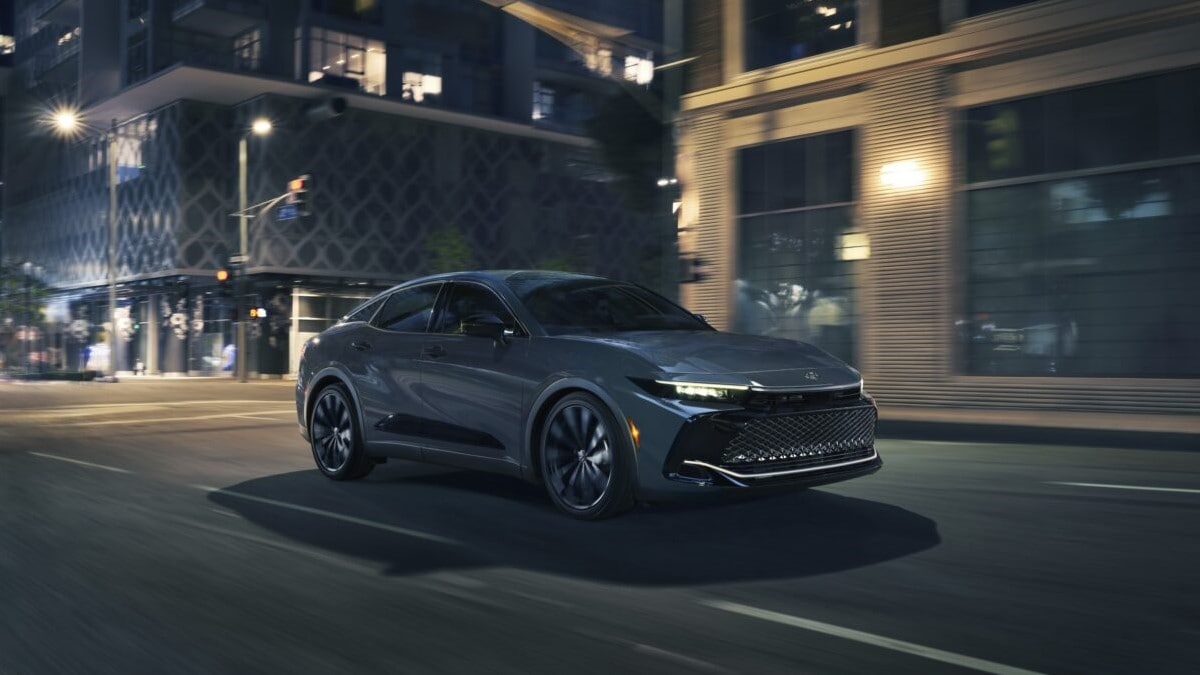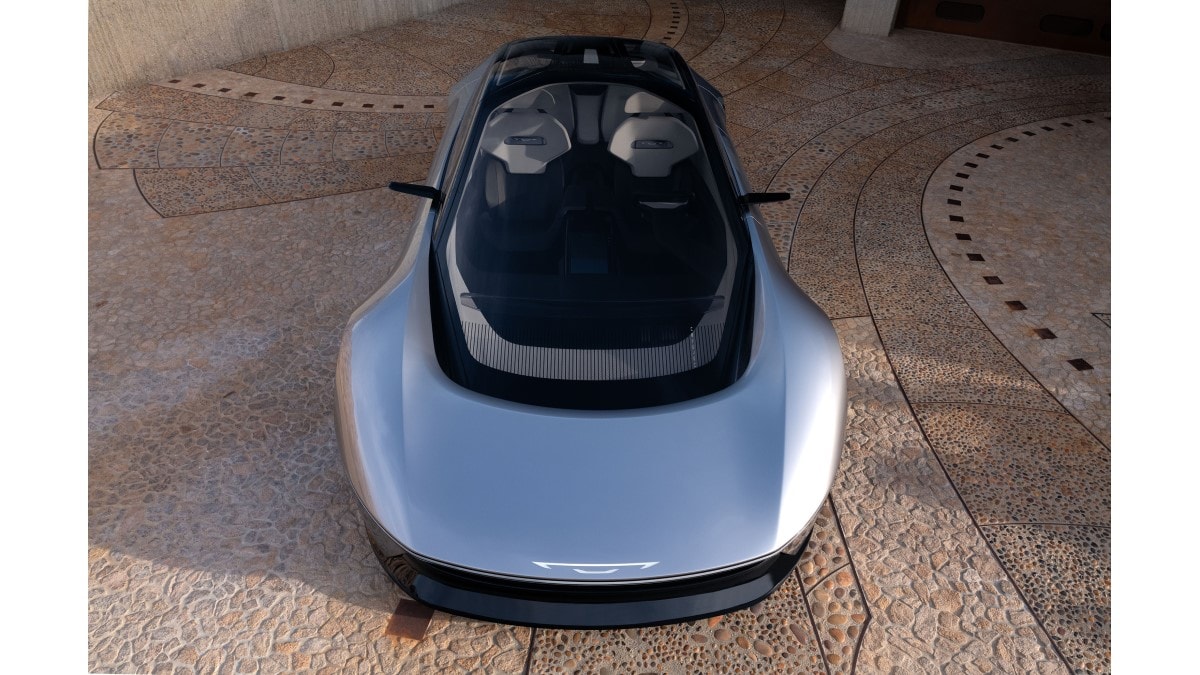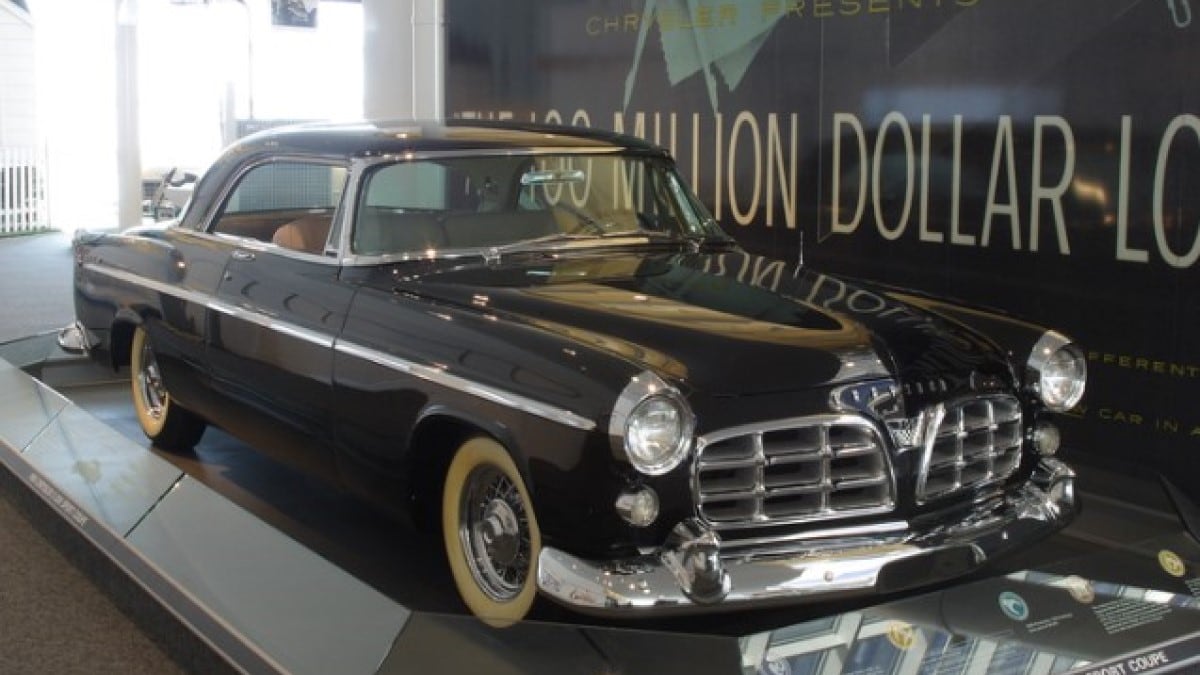Picture an American car from the late 1950s. Any car that comes to mind. What do you see? Fins? Rocket-inspired taillights? Acres and acres of shiny chrome?
The fins and lights that reflected the optimism of the early jet age faded as the ’60s and ’70s brought on both blocky muscle and sinuous curves. But the chrome plating stayed with us. Electroplating a thin layer of chromium onto metal makes it shine like hope. Automotive designers have stuck with glorious hexavalent chromium brightwork from the 1920s to today.
That may be over. CNN reports, “Stellantis – the company that makes Dodge, Jeep, Ram, Fiat, and Maserati vehicles – among others, is committed to doing away with chrome on all its new models.”
Stellantis isn’t alone. Volkswagen told CNN it, too, is “looking at alternatives to hexavalent chrome.”
Health Bans In Several Markets
Chrome plating helps a decorative element resist the elements for decades. It can last longer than paint. And Americans seem to associate it with buoyant confidence and a time older generations see as a heyday of American car design.
But, CNN explains, “the form of the element chromium involved in the plating process is an aggressive cancer-causing agent, according to government regulators in the United States and Europe.”
The chrome on your car isn’t putting you in danger. Once decorative elements are plated, the danger has mostly passed.
But it’s not safe for the workers who apply it. The Los Angeles Times reports, “The airborne emissions from the plating process are more than 500 times more toxic than diesel exhaust and pose a substantial cancer risk to surrounding communities.”
The California Air Resources Board has proposed a ban on chrome plating as a decoration by 2027 and for industrial uses by 2039, the Times notes.
Europe has contemplated a similar ban, though its language might allow a more complex plating process called trivalent chromium plating.
Automakers and their suppliers have spent decades finding ways to make the chrome plating process safer for workers and communities. But bans and shifting driver tastes have Stellantis looking to end chrome use altogether.
In Its Place? Darkness And Light

The car world is as fickle as fashion, and chrome has been on the way out for years.
Most automakers today offer chrome-free packages that black out most trim and badging. They carry names like Midnight Edition (Nissan), Nightshade Edition (Toyota), and Nightfall Package (Kia).
Typically, they come at a premium, making the lack of chrome seem like a luxury option — the opposite of that 1950s ethos.
Porsche has begun offering a dull, gunmetal gray finish it calls “turbonite” to distinguish its more powerful turbocharged models, associating lack of chrome with higher performance.
But duller sheens might not signal the positivity many associate with chrome. For that, Stellantis design head Ralph Gilles tells CNN, designers have a new technique.

“We are also using light as the new chrome,” he explains.
The Chrysler Halcyon Concept, a design study meant to show the company’s future visual language, uses a stylized Chrysler logo that literally shines.
Other designers have gone further. The latest Hyundai Sonata includes a wide, thin light bar stretching across the front of the car that evokes a horizon. It’s the sort of thing designers would have once drawn in chrome, now written entirely in light.
Clever designers can use light as effectively as chrome. Jeep’s first electric model in the U.S., the upcoming 2025 Wagoneer S, echoes the iconic seven-slot Jeep grille entirely with carefully placed lights. Gilles tells CNN the Wagoneer S “will have no chrome at all, even as an option.”








